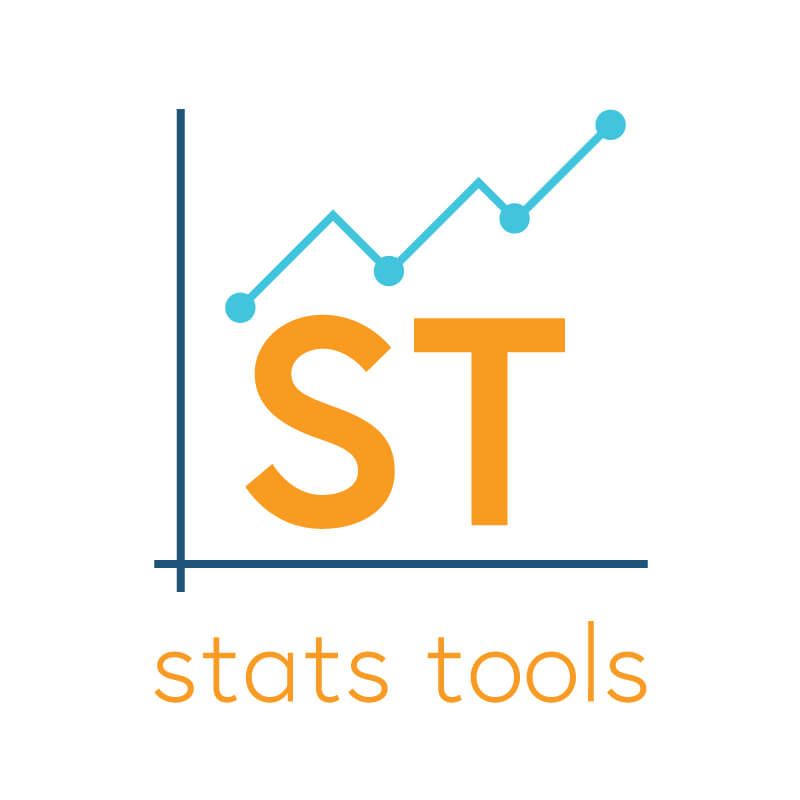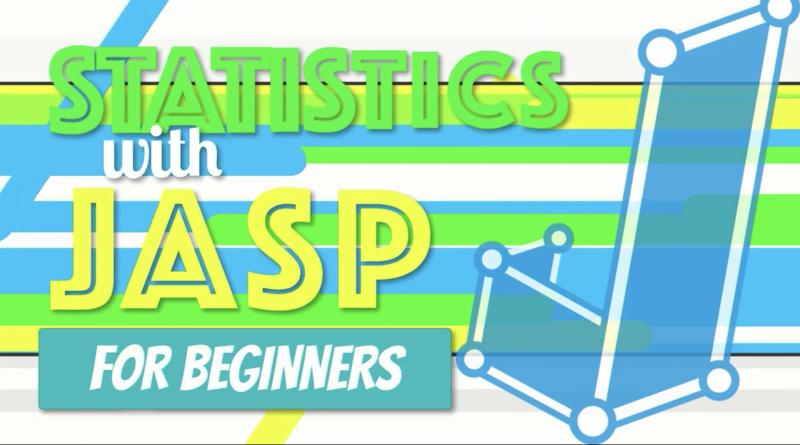Resources: Stats of Doom
A comprehensive site created by Dr. Erin Buchanan offering lecture materials and videos for a full range of statistics concepts covered in a basic/introductory course (descriptives, graphs, z-scores, t-tests, ANOVA, correlation, regression, chi-square, etc.). Coverage also includes materials for several statistics packages (e.g., SPSS, JASP, R) Here is a link for a basic course. There […]
Resources: Stats of Doom Read More »







